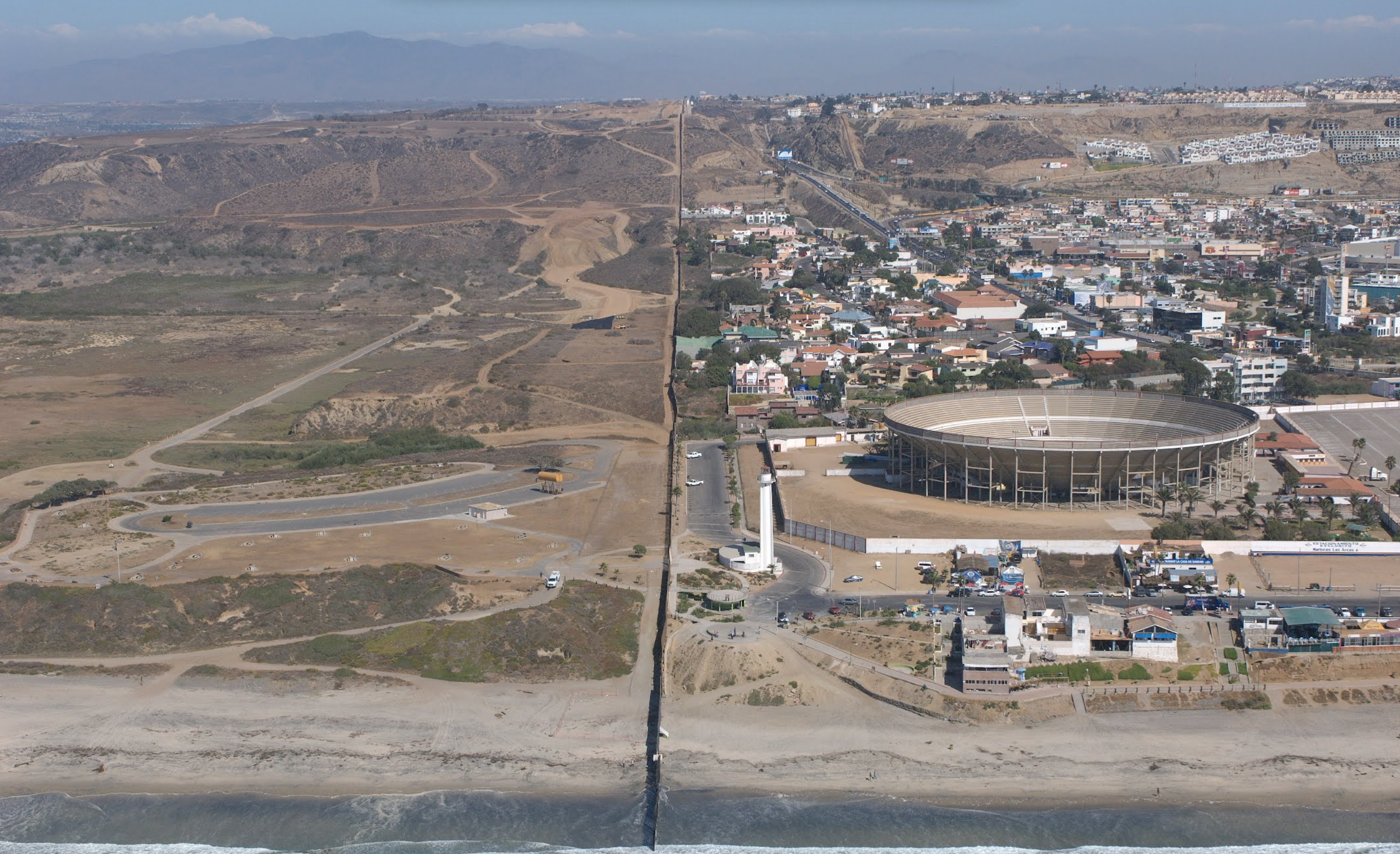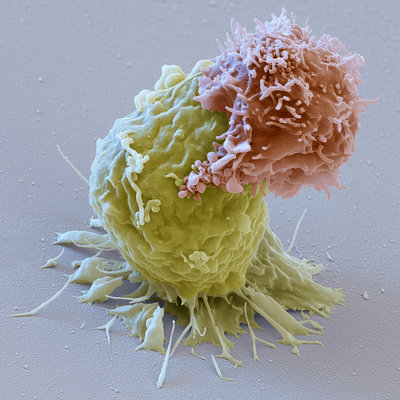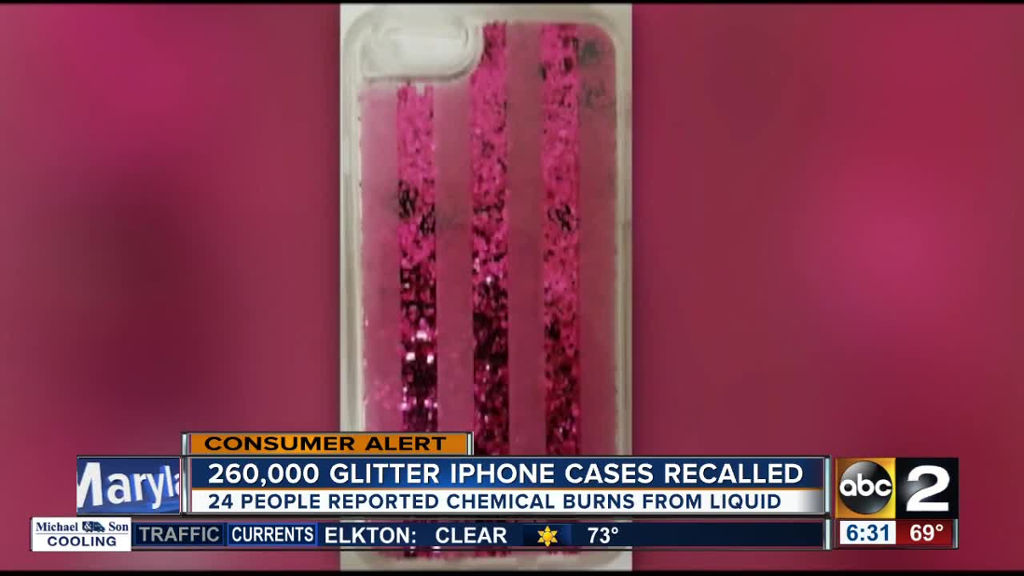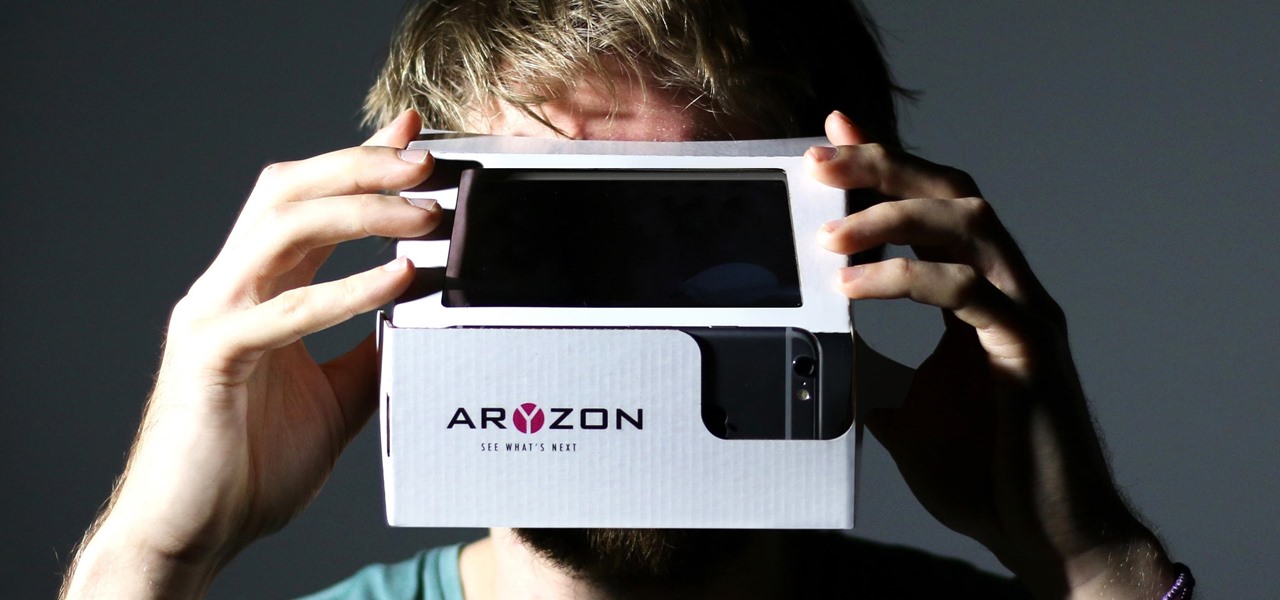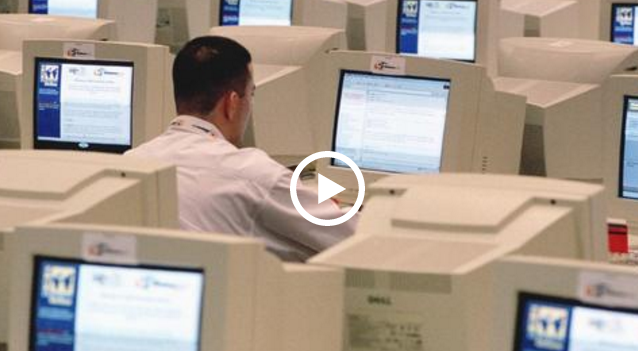Radiation therapy is using high voltage radiation. An x-ray is typically around 120,000 volts. Radiation therapists use approximately 6 million volts. There are transformers in the machine that produce that. The size of the machines are big and bulky. It’s like a big x-ray machine. The patients don’t feel or see the radiation. Radiation therapy starts with a practice run. A new patient gets his own custom made mask; which helps the radiation therapists to position the patient the same way during every treatment. Following this is usually a CAT Scan. Radiation therapy is sometimes used for patients suffering from lung cancer. Radiation kills cancer cells by stopping the cells’ division and ability to grow. While normal cells also are exposed to the radiation, they recover more easily from the radiation effects.
In internal radiation treatment, the radiation is placed inside the body, close to the location or the cancer or the tumor. External beam radiation is produced by an accelerator. This is the most common form of radiation therapy. Radiation therapy occurs once per day, Monday through Friday, at the same time every day. The patient may need to drink or receive an injection of a contrast agent. This provides the doctors with a better picture of the area the patient is receiving treatment for. The most common effects of radiation therapy are fatigue, weakness, and feeling tired. Radiation therapy only lasts for a specified period of time based on the recommendations of the Radiation Oncologists. The goal of the Radiation Oncologist is to get rid of the patient’s cancer completely.
Radiation therapy is often times used with chemotherapy. The chemotherapy sometimes sensitizes the tumor cells to radiation therapy. The actual treatment doesn’t last long. Skin changes may occur, such as tanning of the skin, as a side effect of the radiation treatment. The patient must remain hydrated during his treatment; and continue to eat foods that give him good nutrition.








